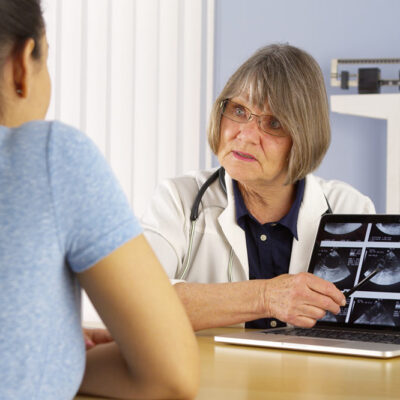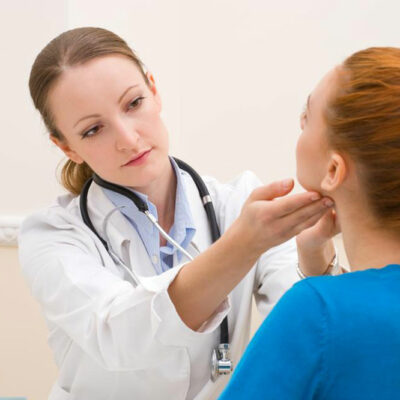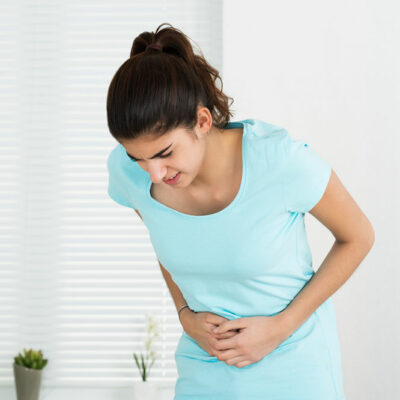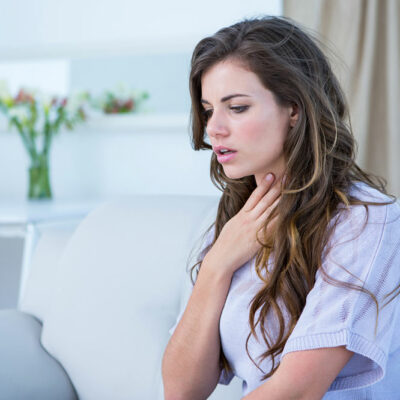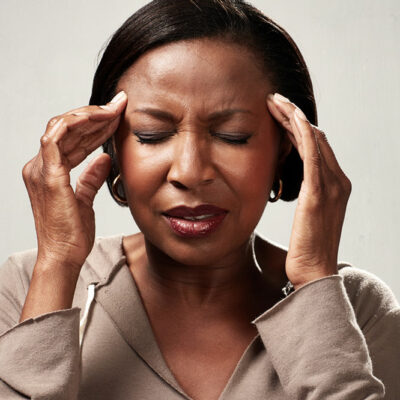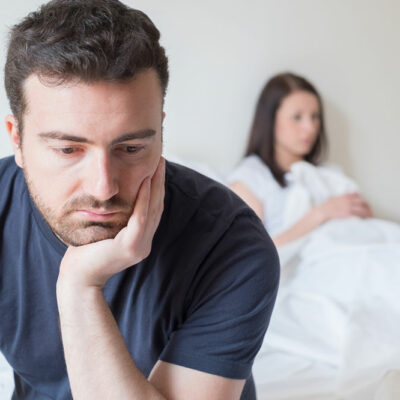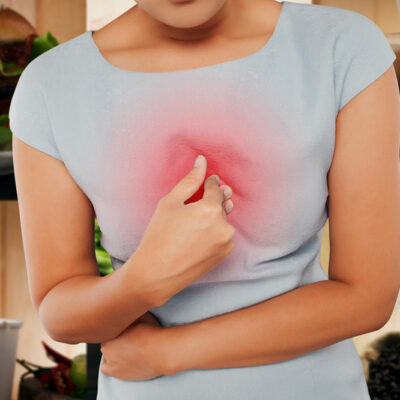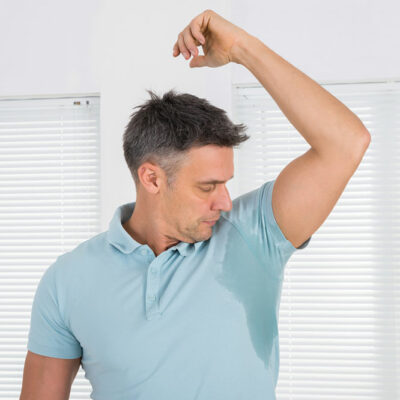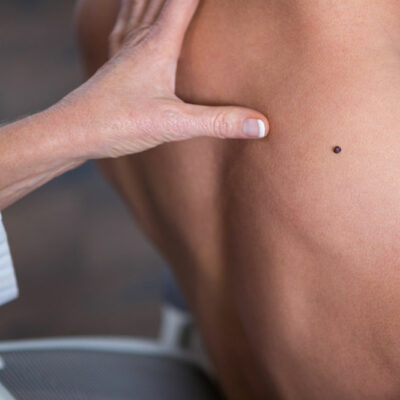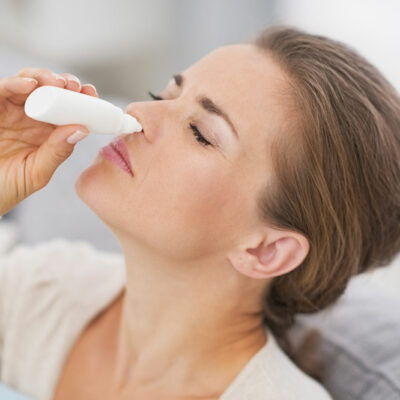
Health
Nasal Polyps – Common Causes And Treatments
Approximately 4% of the people across the world are affected by nasal polyps. Nasal polyps are four times more prevalent in men as compared to women. Unfortunately, there’s no clear cause of nasal polyps. However, it has been noted that youngsters and middle-aged individuals are more vulnerable to nasal polyps as compared to others. Who is most likely to develop nasal polyps? There are a few people who are at a higher risk of developing nasal polyps than others. These include people suffering from: Asthma Hay fever Cystic fibrosis Vulnerability to aspirin What are nasal polyps ? Before talking about the symptoms and warning signs of nasal polyps, let’s understand what nasal polyps are. Any benign growth in the interiors of the nose could be the development of polyps. They are in the shape of grapes or teardrops and are primarily painless and soft. Though, smaller polyps will not be troublesome, if they grow larger, they’ll have their own set of consequences, such as: Troubled breathing: Since nasal polyps block the airways, they inhibit you from breathing directly via the nose. Loss of olfactory sense: Since the nasal polyps block the airways in one’s nose, they tend to restrict the olfactory sense.
Read More 